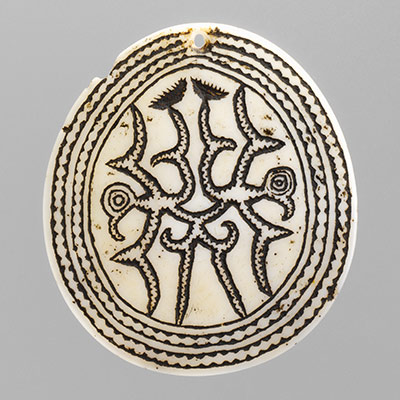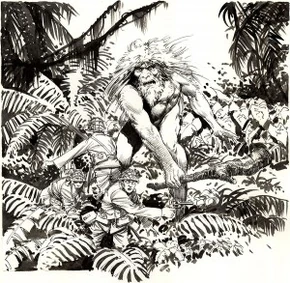The culture of the
Solomon Islands is a montage of many different ethnic groups, mostly Melanesian
group along with some Polynesian cultural aspects as well. Most of these
cultural traditions have been passed down from generation to generation, and
there is a great respect for maintaining their traditional society. And in many
cases, even through modernization, there has even been almost a resistance
toward the Westernization of their island cultures. In others, the modern ways
of life have melded with their ancient Melanesian/Polynesian styles. The idea
of kastom is exactly this integration of old customs into modern society, like
growing traditional produce rather than eating imported ones.
One of the things that Solomon Islanders are known for building is a type of canoe called tepukei. This isn't just any canoe though. These are outrigger canoes that are able to navigate the ocean. Similar canoes were shown in the movie Moana. A German anthropologist, Gerd Koch, documented much of this life and even brought back the last of these canoes to display in the Ethnological Museum of Berlin. (I hope he had permission.)
Much of the early literary traditions in the Solomon Islands were oral stories that had been passed down from generation to generation. Many of these early stories fell into the category of myths and legends. One common genre in these myths is origin stories (both human and animal).
Modern literature of the Solomon Islands rose up in the wave of Pacific Islander literature that swept through during the 1960s. As many of the islands were gaining their independence during this time, there was a push for more national identity, and literature was one of those catalysts. With a focus on literature of this region at the University of the South Pacific in Suva, Fiji, a broader interest among all island nations in this area began to take hold. Creative writing classes starting to pop up, and a magazine called Pacific Islands Monthly started publishing stories during the mid-1970s, even though it had been around since the 1930s.
Authors of note from the Solomon Islands include John Saunana (a teacher who’s also held various government positions, known for his novel The Alternative, often considered a leading literary figure in Solomon Islands) and Celo Kulagoe (a poet published in a number of newspapers and literary journals, known for his Where Leaves Had Fallen and Raindrops collections).
Up next: music and
dance





No comments:
Post a Comment